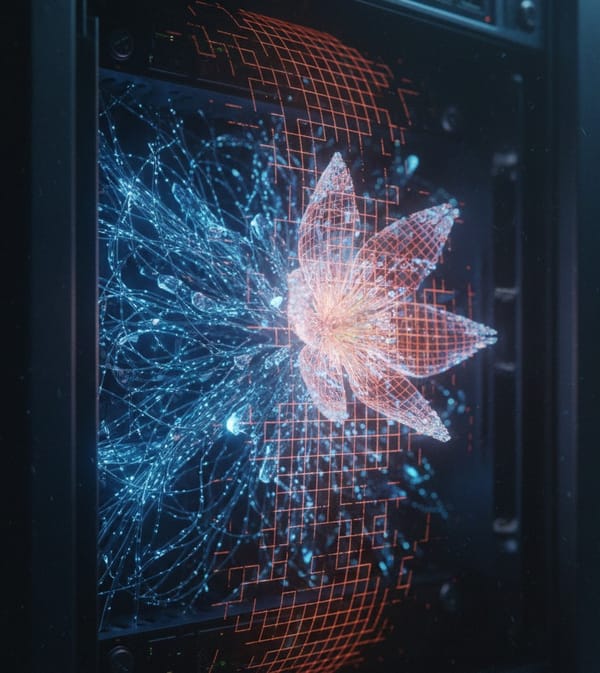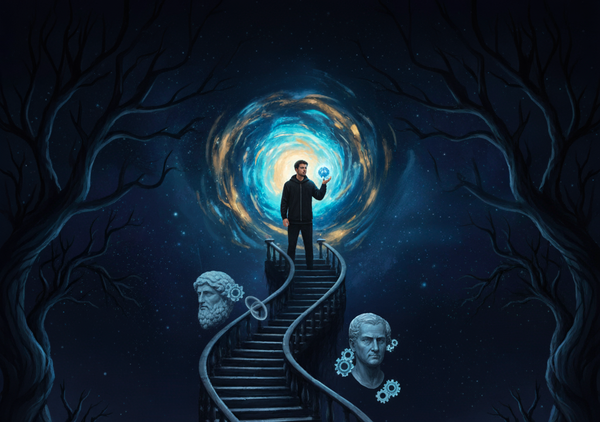Traditional approach to model building

The previous post was about the historical perspective of the traditional approach to modelling. Here the objective is to devise a new approach to develop Internet services and to avoid the fragmentation of contexts that forces us to choose different silos to express our thoughts.
The goal of science, mathematics and engineering is to describe the world in a succinct, single-factored way, creating as many descriptions as needed. The descriptions are then used to act upon the world.
The traditional approach has been to separate observations, descriptions and action both logically and temporally. Descriptions come in the form of different models, each developed for a specific class of problems, but the general model building methodology is the same:
- a specific need is identified (a goal)
- an abstraction in the form of reduction is performed
- the problem is framed by defining abstract entities
- a set of rules are devised (or a program) to act upon the entities
Although this approach is always used, often not explicitly, there are some important downsides to its application:
- since this approach is applied to each specific problem, we end up with many different models
- integrating different models requires a new abstraction
- the traditional approach defines abstract entities before hand, while some NN (Neural Networks) approaches can learn abstract entities through statistics (eg. autoencoders). Either approaches are limited, the former discards what is not defined, the latter learns abstract entities only if there is enough data (eg. statistics based on averages)
- once the abstract entities are defined, we cannot create new ones unless we change the model
- goal setting, abstraction and framing are hard, requiring human intelligence and intuition. We do not know how to code that part. We do code the problem once it is framed
- the more complex the goal, the more subgoals have to be devised, the more complex the algorithm that implements and integrates all the sub-goals
Is there a way to model the world that would allow to get rid of the shortcomings of the traditional approach, and apply it to a new generation of Internet services, for a start?




